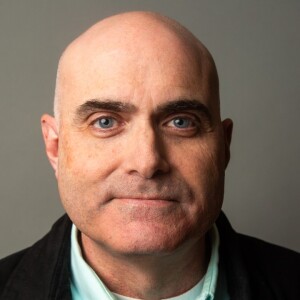SALT LAKE CITY — When it comes to the NHL skating into Utah, there is little doubt about the passion fans feel about bringing the game to the Beehive State. Now, those 34,000 fans who put down deposits to secure season tickets will finally get a shot to nail down their seats.
The issue will be how many of those on the deposit list will actually get season tickets.
For the first season, the Delta Center will seat approximately 16,000 fans for a hockey game, with 6,000 of those seats having obstructed views of the ice. The hope is to expand the arena by up to 6,000 additional seats in the coming years.
The numbers add up to a potentially large amount of people being left out in the cold when the season starts.
For now, starting Tuesday, those who shelled out $100 for each ticket deposit when the franchise moved to Salt Lake City in April will have the opportunity to write an even bigger check to watch the team play next season.
Based off that list on a first come, first serve basis, fans who put down a deposit will be able to head to the Delta Center for an open house. There, people will see where their seats will be located, check out the site lines and walk around the arena with team representatives.
Starting Friday, fans will then be able to actually purchase their season tickets.
Bringing the NHL to Utah has been a frantic rush to come up a team name, branding and ticket plans, all just months away from the players actually taking the ice along the Wasatch Front.
Bringing the NHL to Utah has been a frantic rush to come up a team name, branding and ticket plans, all just months away from the players actually taking the ice along the Wasatch Front.
“Nobody has done anything in the time frame that we’re doing it," said Chris Barney, the team's Chief Commercial Officer. "We’ve got 112 days, not that I’m counting, and so it’s one of those things, making sure that everyone is handled properly between now and the beginning of the season.”
The lowest season ticket prices will be $44 per game in the upper bowl, according to Barney, who says team officials are confident about having set an affordable price point for the fan base.
“We have so much data at our fingertips, that we really can make incredibly strong pricing decisions and we feel really good about the decisions we’ve made that we’re reaching that right mid-point for ensuring that our supply is full and that we’ve met the demand of the audience,” he said.
Of those 6,000 seats that don't get a full view of the ice during game action, over 37 percent of the arena's hockey capacity, the team plans on tailoring season ticket plans to that disadvantage, likely not even selling full-season packages in those locations.
“We’re trying to be very smart with partial ice view seats,” said Barney. “We’re trying to be very smart and provide the best experience for fans.”
Barney claimed the team has spoken with the New York Islanders about how that organization handled their time playing inside the Barclay's Center in Brooklyn, which also featured partial-view locations of the ice. However, the number of obstructed view seats in that arena totaled in the hundreds, not thousands as will be the case in Utah.
For those who do get shut out of the ability to buy season tickets, Barney said the team will continue to engage with those fans who will remain first in line when the arena does expand.



